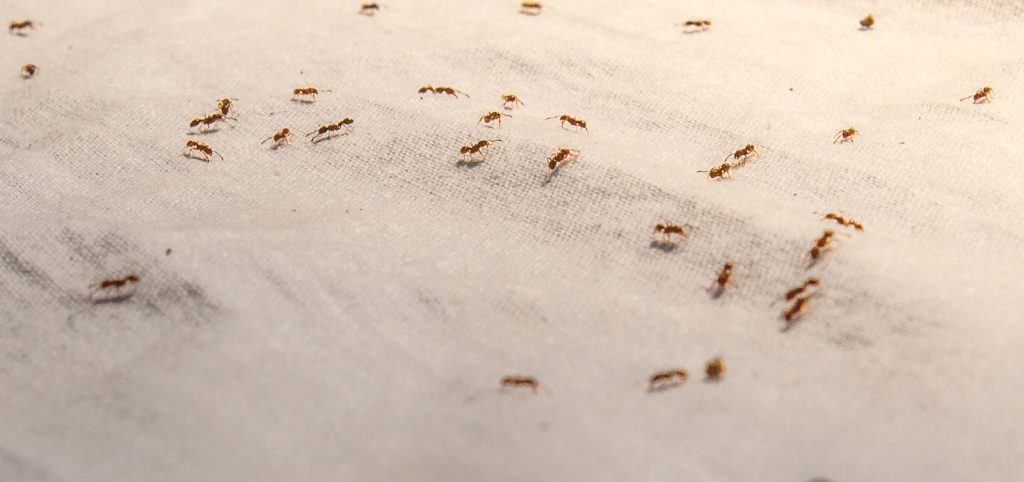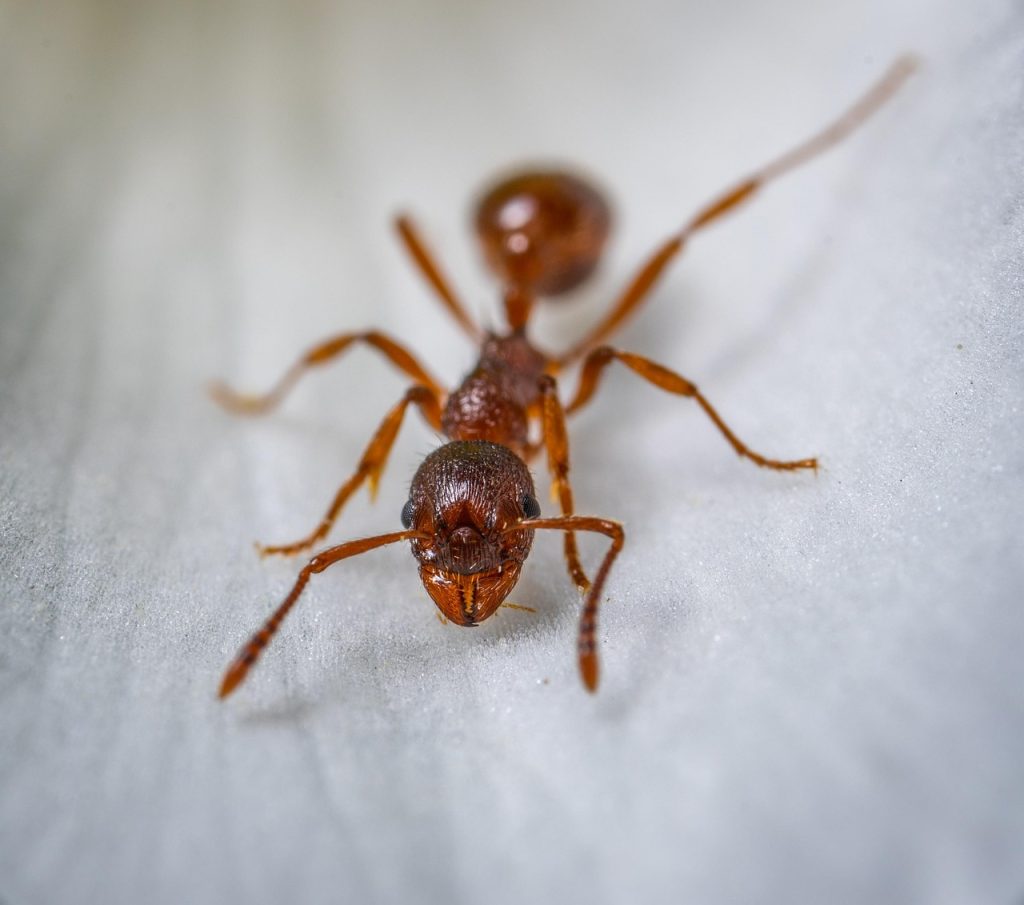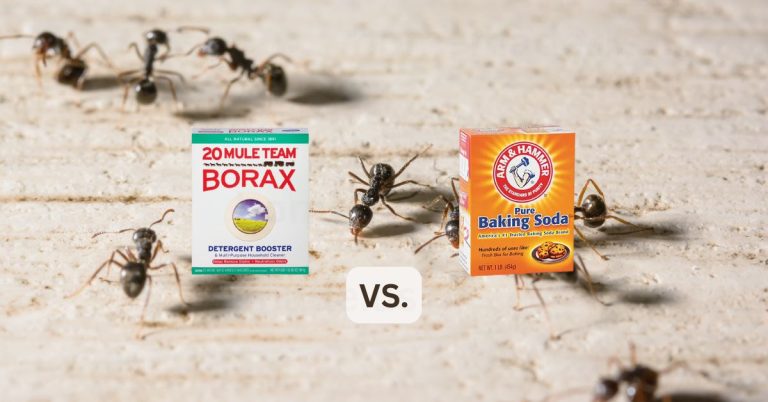Introduction and Understanding Ant Infestations
What’s Crawling in My Kitchen?!
Let me guess, you walked into your kitchen and spotted a trail of ants heading for that crumb you didn’t even know existed. You wiped the counter clean yesterday. You’ve sprayed. You’ve swept. Still, the ants are back, marching like it’s their job (because it is).
You’re not alone. One of the most frustrating things about ant infestations is how quickly they appear and how stubborn they can be. You kill a few, and hours later, they’re back with reinforcements. It’s like battling a hydra; cut off one head, and two more show up.
So, what’s the solution? You want something effective, safe if you’ve got pets or kids running around, and ideally something that doesn’t require a hazmat suit. That’s where homemade ant traps come in.
But before we talk tactics, let’s understand the enemy.
Why Do Ants Even Bother Coming Inside?
Let me break it down. Ants are master scouts. They detect sugar, crumbs, or even that drop of juice you didn’t notice, and next thing you know, they’ve mobilized like a tiny army. There are hundreds of ant species, but inside your home, it’s usually sugar ants, odorous house ants, or Argentine ants.
Here’s the typical scenario:
- A scout ant finds food.
- It leaves a pheromone trail on its way back to the colony.
- That scent is a signal for others to follow.
- Boom, infestation.
And it’s not just food. Moisture can attract them, too. That leaky pipe under the sink or a wet sponge could be an open invitation.
Now, here’s the thing people get wrong: killing the visible ants doesn’t solve anything. It might even make it worse by spreading the colony out. You’ve got to target the source, the queen, and the nest. That’s why you need traps, they’ll carry back home.
What You Need to Know Before Setting Ant Traps
Let’s be real, most store-bought traps are overpriced, and half the time they don’t work. You’re not just trying to repel ants; you want to eliminate the entire colony. That means using bait they actually want.
I always recommend starting with a homemade solution, not just because it’s cheaper, but because it gives you control. Want something strong and effective? Go with borax and sugar. If safety is your top concern, especially with pets or toddlers, there’s a smarter alternative using baking soda and powdered sugar that I’ve seen work in dozens of homes.
Here’s an amazing breakdown of how baking soda reacts in an ant’s body that shows why it’s effective even without traditional insecticides.
You’ve probably heard about borax before, it’s a laundry booster. But when mixed with sugar, it becomes an ant’s kryptonite. Curious how? I found this DIY borax trap technique that’s shockingly simple and devastatingly effective.
How Do You Know You’ve Got an Infestation?
Quick signs:
- You keep seeing ants in the same spot, even after cleaning.
- There’s a faint, musty odor when you crush one (yes, that’s a thing).
- You find ants near water sources like the bathroom or under the sink.
And if you’re seeing different sizes of ants? That could mean the colony is mature and possibly splitting, yikes.
But don’t worry. You’re not powerless. In the next section, I’ll break down exactly how to make both kinds of homemade ant traps, the pros and cons of each, and how to deploy them for maximum destruction (or control, if you’re feeling merciful).
Let’s talk strategy.

Homemade Ant Traps
Why Homemade Ant Traps Beat Store-Bought Every Time
Most store-bought traps? Overpriced and underwhelming. You’ve probably tried a few, watched ants walk around them like they’re just bad snacks, and ended up frustrated.
Homemade ant traps, on the other hand, use basic pantry items and actually target the source. You’re not just zapping a few ants—you’re setting a timed grenade for the entire colony. Let’s dive into the two most effective DIY methods I’ve tested and how you can deploy them right now.
The Borax and Sugar Ant Trap
If you’re serious about wiping out an infestation, this is your go-to. I’ve seen this combo destroy an entire trail of ants within 48 hours.
Borax is a slow-acting poison. Combine it with sugar, and you’ve got a bait that ants can’t resist, and they’ll gladly take it back to the queen. That’s the goal: kill the queen, kill the colony.
Here’s how to do it.
What You Need:
- 1 cup sugar
- ½ cup warm water
- 1 tablespoon borax
What To Do:
- Mix the sugar and borax into the warm water.
- Stir until everything’s dissolved.
- Soak cotton balls in the solution or pour it into shallow lids or containers.
- Place these near ant trails, under appliances, or where you’ve seen activity.
Give it a day or two. Don’t kill the ants on sight—let them carry the bait home.
Real Talk: Does It Work?
Absolutely. I had a client who tried every spray and gel under the sun. One week of using this trap? No more ants in the kitchen.
But don’t get careless. Borax is toxic if ingested by pets or kids. Use it smart. Tuck traps into areas only ants can reach. If safety’s a concern, skip down to the next option.
The Baking Soda and Powdered Sugar Ant Trap
Got pets? Toddlers? Want something non-toxic that still gets results? This one’s for you. It’s not as potent as borax, but it’s safer and still surprisingly effective for smaller infestations.
Baking soda messes with the ants’ internal chemistry. They can’t digest it. Mixed with powdered sugar, you’ve got an irresistible lure.
What You Need:
- 1 part baking soda
- 1 part powdered sugar
What To Do:
- Combine equal parts baking soda and powdered sugar in a small dish.
- Place it directly on countertops, windowsills, or anywhere ants are active.
- Replace every few days as the mixture gets dirty or depleted.
Does It Actually Kill Ants?
Yes, but it’s slower, and you might not see results as fast as with borax. Still, if you’re dealing with a light trail or want a trap in the kids’ playroom, this is your best bet.
I’ve used this method in Airbnb kitchens, especially where I couldn’t risk chemical baits. Ants disappeared within a few days, and the host was shocked that it worked without pesticides.
Pro Tip: Make It Harder for Ants to Ignore the Bait
Before placing either trap, wipe down the surrounding area with vinegar. It destroys scent trails. That way, when the ants find your bait, they focus on only that. Bonus? It keeps new ants from jumping into the same trail later.
Next up, I’ll show you which trap wins in a head-to-head comparison, borax vs. baking soda. Let’s find the right one for your situation.

Comparative Analysis and Safety
Borax vs. Baking Soda: Which Homemade Ant Trap Wins?
Let’s cut the fluff. If you want results, and fast, borax is the powerhouse. But not everyone can risk using it, especially in a home with toddlers crawling around or a dog who eats everything that hits the floor.
So here’s the breakdown. I’m going to be brutally honest, like I would if you asked me at a cookout with a plate of ribs in my hand.
Effectiveness
Borax wipes out colonies. Not just the ants you see, the ones you don’t. It’s designed for complete elimination. That said, it requires caution.
Baking soda? It’s gentler, safer, but slower. It works, just not with the same punch. If you’re seeing a dozen ants here and there, it might be enough. But if it looks like a marching band under your fridge, you need borax.
Safety
This is where baking soda shines. It’s pet-safe, kid-safe, and doesn’t come with warning labels. You could eat it by mistake (don’t) and live to tell the story.
Borax, though common in household cleaning, is still a chemical. It needs a placement strategy. You can’t just leave it out like breadcrumbs.
Ease of Use
Both are dead simple. Mix two things, place them near the ants, and wait. No pro tools. No gloves. Just common sense.
That said, borax needs to be dissolved. Baking soda doesn’t. That’s one small edge in convenience.
Cost
They’re both dirt cheap. You could raid a dollar store and walk out with enough supplies to handle ten ant invasions.
So, which trap is better?
It depends on your situation. Want the most powerful homemade ant killer? Use borax. Want peace of mind with pets around? Use baking soda. Simple.
Safety Tips for Using Homemade Ant Traps
You’d be amazed how many people make traps, set them down, then totally forget about them. Don’t be that person. Safety isn’t optional.
Use common sense and follow these basic rules.
Before the list, it’s worth noting that just because something is “homemade” doesn’t mean it’s harmless. Even natural ingredients can become a problem if used wrong.
- Place borax traps behind appliances, under cabinets, or inside small containers that pets can’t access.
- If you’ve got pets, put traps behind baby gates or inside cupboards with just enough space for ants to sneak through.
- Label your trap containers. Trust me, no one wants to mistake borax solution for coffee sweetener.
- Keep track of how long traps have been sitting out. After a few days, the sugar may harden or attract mold.
I’ve personally seen a well-meaning DIYer place an open borax lid on the windowsill, only for their cat to knock it over. Not ideal.
Bottom line: smart placement = safe placement.
Now that we’ve compared the traps, let’s address the questions most people are Googling when they start hunting for ant solutions. That’s next.
FAQs and Final Thoughts
FAQs About Homemade Ant Traps
I get these questions all the time, texts from friends, DMs from readers, even overheard at the hardware store. Let’s clear them up.
How long do homemade ant traps take to work?
If you’re using borax, you could see results in as little as 24 hours. But don’t expect instant annihilation. Give it 2–3 days for the bait to reach the colony and take full effect. With baking soda, it might take a little longer, especially with larger infestations.
Can I use these traps outdoors?
Yes, but with caution. Borax traps can get ruined by rain or dew. If you’re placing traps outside, use covered containers or tuck them into sheltered corners. For baking soda, keep an eye on moisture too; it’ll clump fast and lose effectiveness.
Are there alternatives to borax or baking soda?
Sure. You could try diatomaceous earth, vinegar sprays, or essential oils like peppermint or clove. But let me be real, those are better for repelling ants, not wiping out colonies. If you want elimination, stick with sugar-based baits that ants carry home.
How often should I replace the traps?
Every 2–3 days. Why? Because ants are picky. Once the bait hardens, gets dirty, or loses scent strength, they lose interest. Keep it fresh to keep the results coming.
Conclusion: Choose Your Weapon
You’ve got two solid weapons in your pest-fighting toolkit now—borax and sugar if you want to go on offense, baking soda and powdered sugar if you’re playing it safe.
I’ve seen both work. One clears out a full-blown invasion, the other keeps smaller ones from turning into a nightmare.
What matters most is being consistent. Don’t just drop a trap and walk away. Check it. Refresh it. Move it if needed. Treat it like you’re hunting for ROI, return on infestation.
Ants aren’t dumb. But they’re predictable. Use that to your advantage.
And remember, if the ants ever feel like they’re winning? You’ve just got the wrong trap in play. Switch strategies and hit back harder.
You’ve got this.
© 2000-2025 by Homemade.us All rights reserved. No part of this document may be reproduced or transmitted in any form or by any means, electronic, mechanical, photocopying, recording, or otherwise, without prior written permission.

Leave a Reply